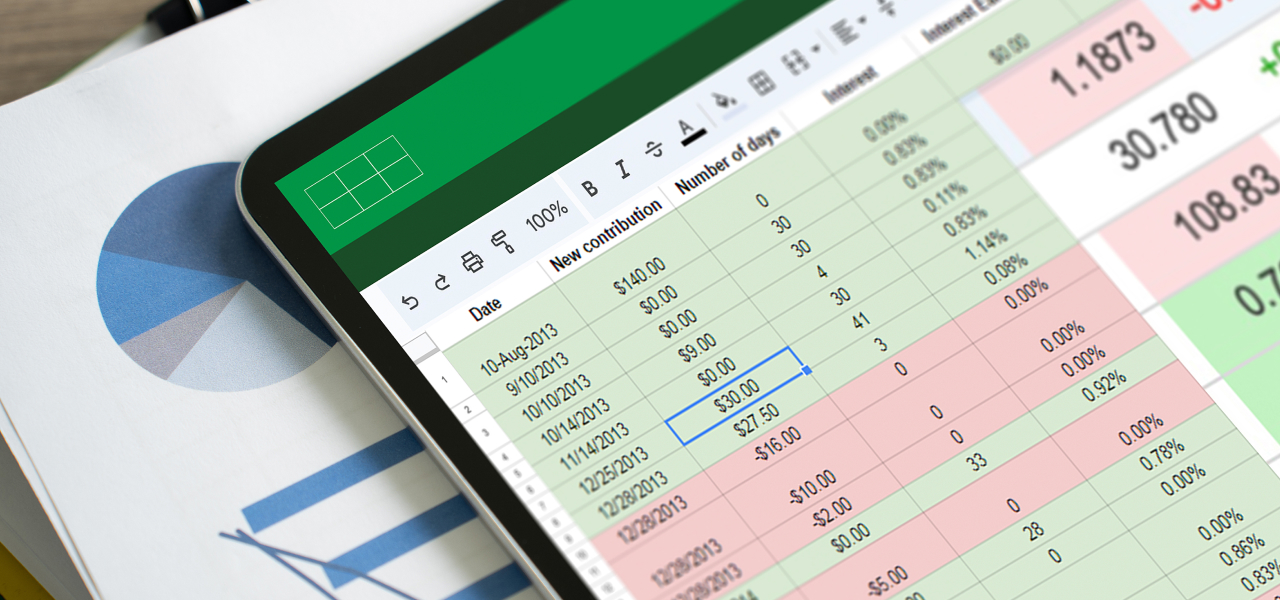Family offices often wonder how they stack up against their peers in terms of asset allocation, technology, operational challenges and other issues that can impact not only day-to-day business but also long-term success.
A new in-depth study by Family Wealth Report produced in partnership with FundCount, examines the key technological and operational challenges specific to family offices. Based on a detailed survey of firms worldwide managing over $72 billion in assets, Efficiency in Accounting and Investment Analysis provides invaluable benchmarking insight for family offices.
One of the fundamental challenges for single and multi-family offices is how to reduce time-consuming manual processes. Considerable time is spent on system ‘ping-pong’ – downloading information from one or more systems, aggregating and manipulating the data, and rekeying it into other systems. These manual steps add up quickly, sapping operational efficiency. In fact, family offices spend an average of 20 percent of working hours per week on manual tasks, according to the report. Larger offices with more complex investments and family structures fare even worse – spending up to 40 percent of their time on manual tasks.
“Too many manual processes” is clearly a pain point for family offices. It easily topped the list of system weaknesses cited by survey respondents (see Figure 1).

Figure 1
The ubiquity of general-purpose software like Excel and QuickBooks, number two on the list of system weaknesses, accounts for some of the manual workload. Because these solutions are geared to the broad investment management sector rather than the specialized needs of wealth managers or family offices, manual workarounds — and the risk they present — are a fact of life.
“The biggest issue with Excel is that it can’t be scaled forever,” said Howard Geller, principal of Hudson Peak Group, a family office consultancy. “As an office grows, there are too many numbers to extract from too many disparate sources and systems. Cash flow and performance measurement reporting errors resulting from formula or input errors in Excel can lead to significant problems including tax errors, which have even greater implications.”
Yet, Excel and QuickBooks are so deeply entrenched in firms of all sizes because of their ease of use in spite of the resulting inefficiencies from these solutions. Overall, generalist systems (including Excel and QuickBooks) are the norm. More than 80 percent of firms surveyed use a generalist system for general ledger. That number falls slightly to 70 percent for investment reporting and 55 percent for investor accounting. Portfolio accounting was the only area where more family offices relied on specialized software than generalist solutions.
Entities and Alternatives
Managing a family office’s complex investments and holding structures across entities is infinitely more difficult for firms whose technology stack is built around disparate systems and general-purpose software.
Nearly 65 percent of single family offices (SFOs) included in the report have clients’ assets spread across 26 or more legal entities. Multi-family offices (MFOs) can have hundreds of entities. Without specialized software that offers look-through reporting to drill down into the nested entities, gathering a comprehensive view of wealth for one family member, for example, can be a Herculean task.
Alternative investments (i.e., private equity, hedge funds, REITs), whose popularity among family offices continues to grow, are even more challenging due to their complexity, allocations and tax reporting requirements. Processing a real estate waterfall or capital call, for example, is manually intensive without software that can automatically generate accounting entries based on percent ownership for each family member.
“Managing alternatives is definitely the most complex issue for my clients, said Geller. “I have a small family office client with more than 100 line items in Excel and QuickBooks representing years of rights, royalties and other complex structures from various deals. It’s reached the point where it is so time consuming to manage that it’s no longer practical without specialized software.”
The Need for Speed
Family offices use a number of key performance indicators (KPIs) to measure efficiency and client response. Time to produce reports/ reconcile data was the most-cited KPI followed by family member/investor satisfaction and report accuracy. These three KPIs are inextricably linked – the faster data can be gathered and an accurate report generated, the more satisfied the family member.
Flexibility is important as well. “Within the family office, different family members want to see their investment reporting in different ways – some people need graphics, some need numbers,” said Geller. “You need to be able to create customized reports for each person.”
Too many manual processes, lack of consolidated financials and difficulty producing ad hoc reports in a timely manner have a cumulative effect that can negatively impact a family office’s efficiency and investment decisions. Contact us to learn how FundCount’s specialized accounting, investment analysis and reporting solution can help.
Click here to request your free copy of Family Office Focus: Efficiency in Accounting and Investment Analysis.







